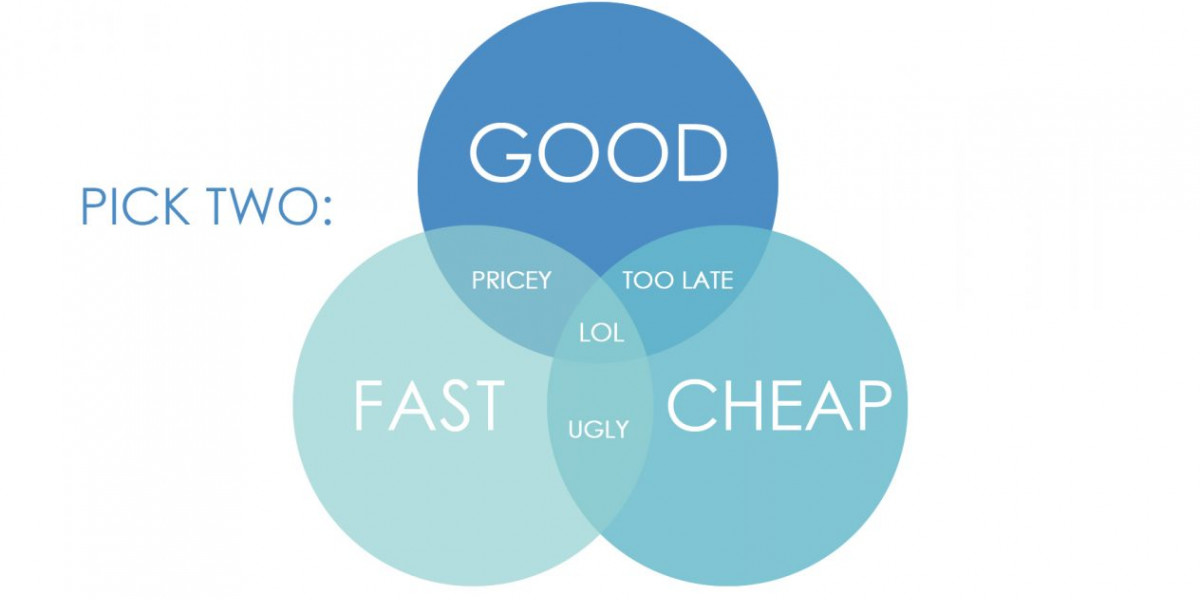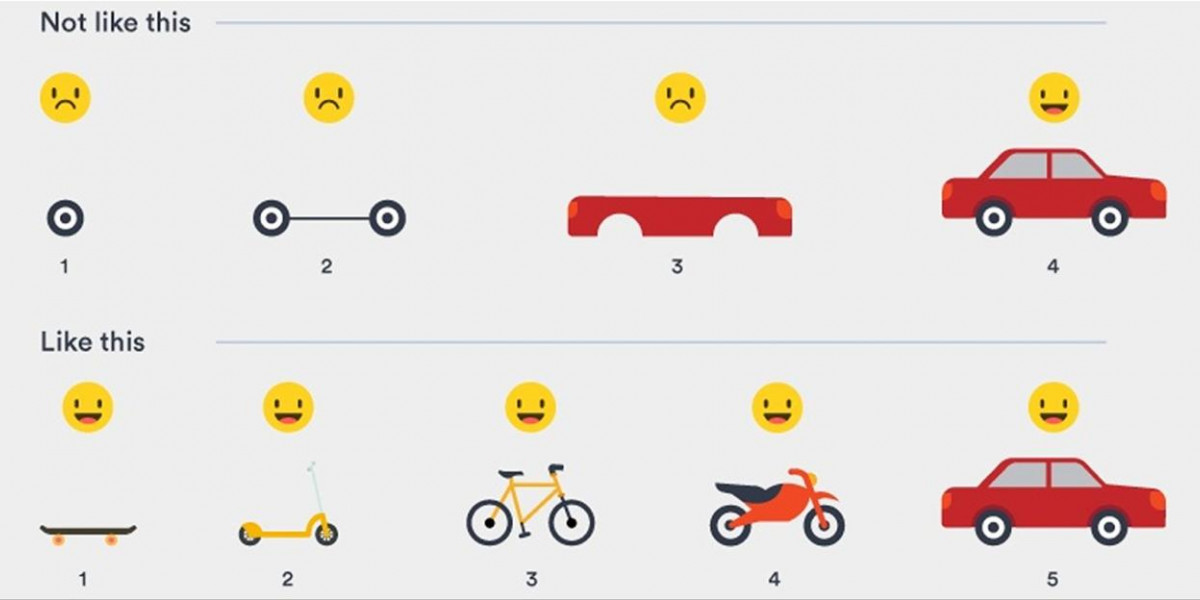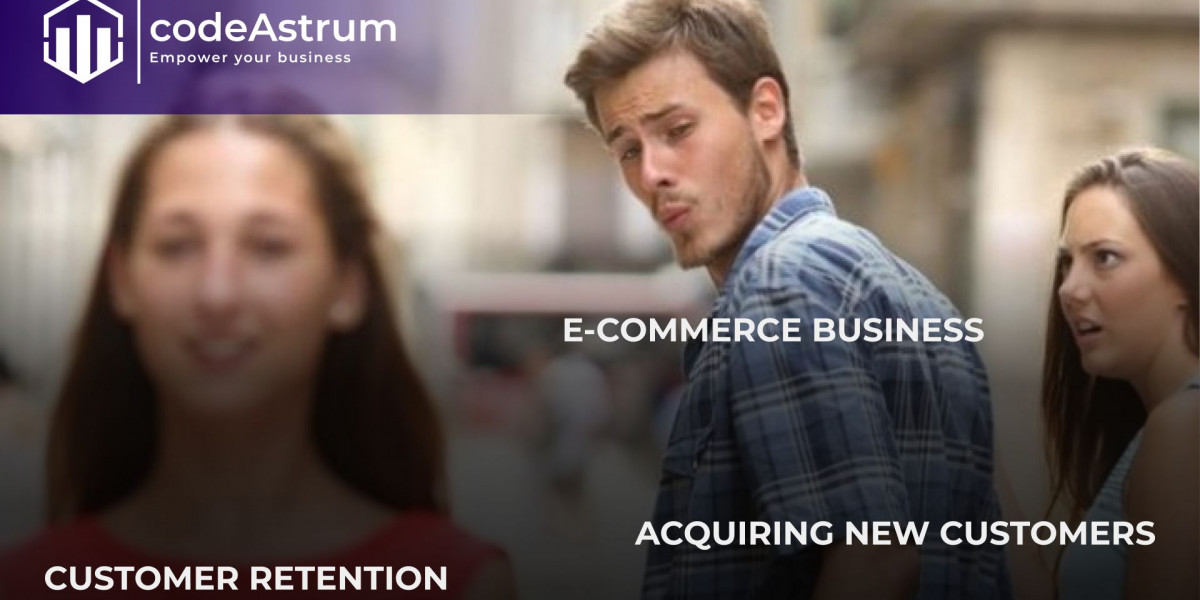Psychology of choice Pt.2

We had a talk on psychology of choice in July, and discussed Foggs’ Behavior change model. Now, there are lots of other influential factors and triggers to employ and benefit from in e-commerce. Let me unveil another facet of the diamond for you.
People do not always know what they want. Sometimes, they are quite aware of what they want, but lack understanding what this might entail and what they need (to have or to do) to actually get what they want. This happens for a reason: we are pretty much good at learning, but not always as good when it comes to learning and understanding ourselves. Therefore, it is often the mission of marketers to reveal people what they truly want and need. Huh, yep, this is one of my favorite jokes. Yet, this is also truth of life we currently witness and observe.
I will leave the thought at this point to my colleagues, psychologists, and continue delving deep enough to lead you to understanding that great purchasing dynamics is rather often a direct result of smartly and expertly built strategy. The major goal of this strategy is to sell, while its essence (and the secret trick you are about to learn) is to trigger, strengthen and sustain the urgent need the target audience feels when immersed into the content you share with them. Get it? Cultivate the need for your product or service, highlight it, explain it. Make it clearly, in simple terms, yet exquisitely – you do not want your target audience to get lost in what you mean by complicated terms, and, at the same time, you do want to be different from rivals, emphasize your authenticity and class. Speak the language of your audience, but introduce a new reality with your new solutions and offers – this is what you should do regularly and effectively.
The thing is that it is often not the issue with money (if you have selected your target audience correctly, cause naturally, a conventional shop-assistant will have financial deficit indeed in case you tend to promote a yacht for them), the problem of low sales is not that the product is rather expensive or the audience is not rich enough – the major issue here is often that the audience does not have the money specifically for your offer. A huge difference, correct?
Hence, my recommendation at this point is for you to think more on how to create a constructive strategy and cultivate the need, not how expensive and unbuyable your product is.
To be continued…

 Fast, cheap, or good
Fast, cheap, or good
 First releases don’t need to be perfect.
First releases don’t need to be perfect.
 A seamless experience = repeat sales.
A seamless experience = repeat sales.